Explore The Edison and Ford Winter Estate in Fort Myers (2024 Guide)

Written by Kali Todd
January 29, 2024
This post may contain affiliate links, which means I’ll receive a commission if you purchase through my link, at no extra cost to you.
The Edison and Ford Winter Estate is perched on the Caloosahatche River in Fort Myers, Florida, and is a destination that seamlessly blends history, innovation, and the love for nature into one site. The historic site offers a unique opportunity to explore the winter retreats of two of America’s greatest inventors, Thomas Edison and Henry Ford.
Step into a world of innovation and splendor at the Edison and Ford Winter Estates – explore more than 20 acres of botanic gardens, the botanic research laboratory, the winter estate homes of Thomas Edison and Henry Ford, and a 15,000-square-foot museum full of inventions and artifacts!
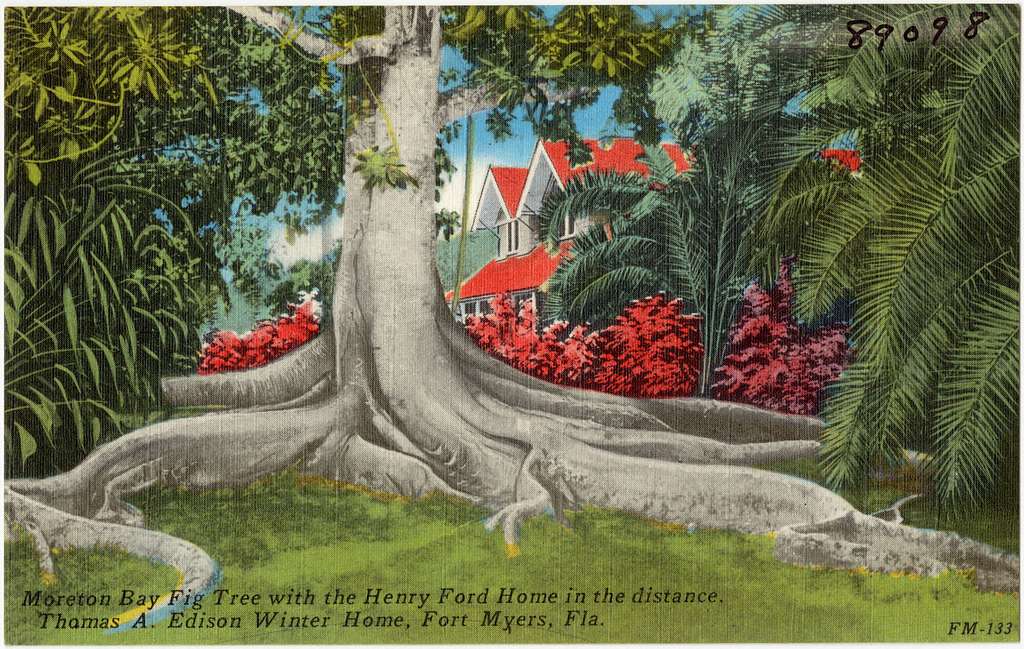 Moreton Bay Fig Tree in front of the Estates. Postcard circa 1930-1945
Moreton Bay Fig Tree in front of the Estates. Postcard circa 1930-1945
History Behind Edison and Ford Winter Estate
In 1885, Thomas Edison purchased a 13.5-acre estate in Fort Myers for $2,750. The estate eventually became known as Seminole Lodge, named after a local Native American tribe, where the Edison family vacationed, enjoying swimming, boating, and a multitude of outdoor activities.
Edison was already a successful inventor when he acquired the estate, so it was no surprise that the property evolved from a vacation home to also a research hub with the addition of a laboratory built on-site.
Famous visitors to the site included President-elect Herbert Hoover and the Colgate and Kellogg families.
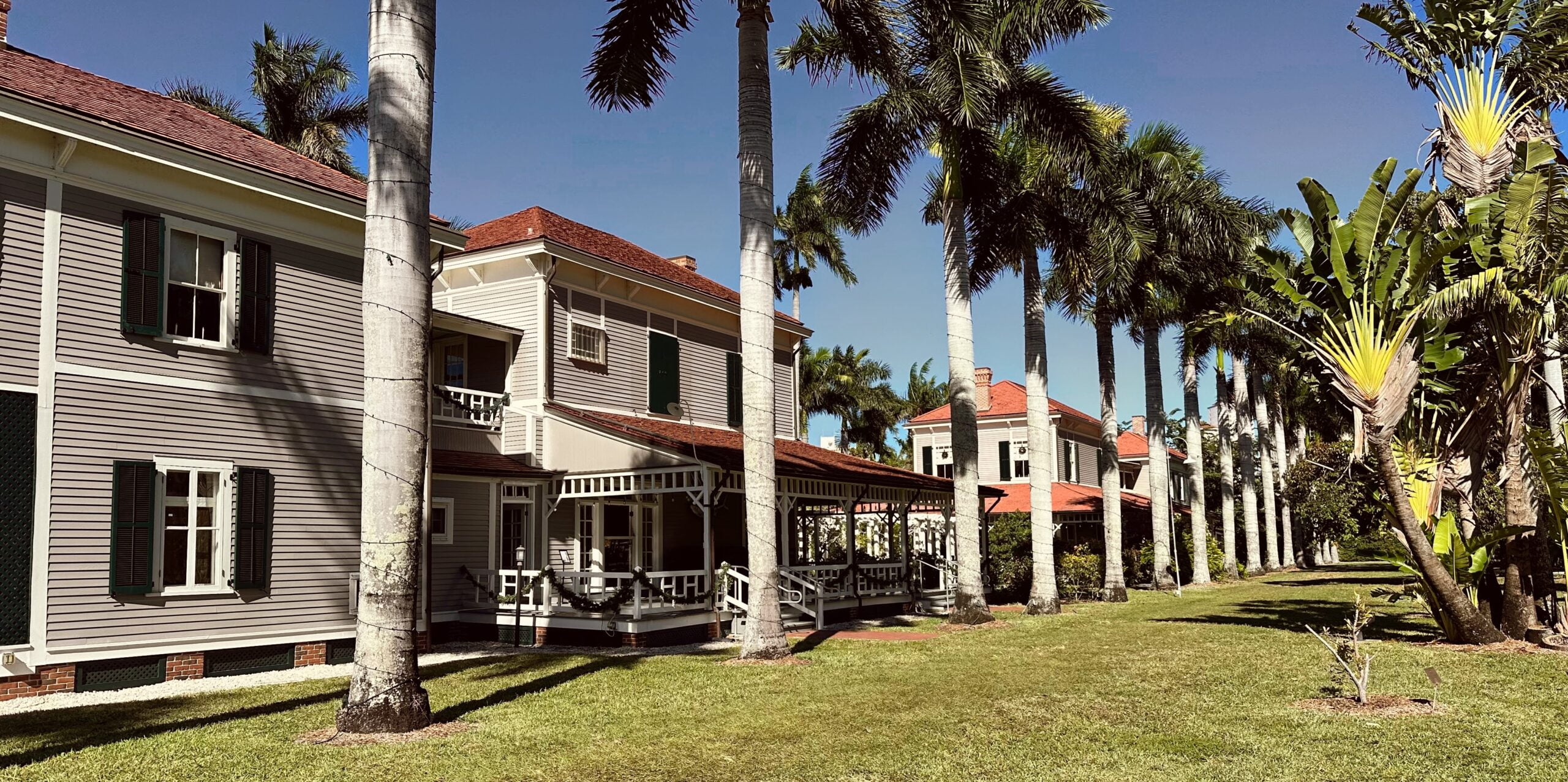 Edison and Ford Winter Estates
Edison and Ford Winter Estates
Ford and Edison became great friends beginning in the 1890s when Ford was working for the Detroit Edison Illuminating Company as an up-and-coming engineer. Ford attended an event where Edison was showcasing his newly invented Vitascope, an early motion picture projector, and seized the opportunity to speak with him. Their friendship took off, expanding past professional, with their families often vacationing together.
The Ford family first visited Fort Myers in 1914, and in 1916, Henry Ford purchased the neighboring 3.5-acre property to Edison’s for $20,000. On the property was a 3,000-square-foot Craftsman Bungalow. It was on these properties in Fort Myers that the industry titans blended family vacations with groundbreaking professional interests.
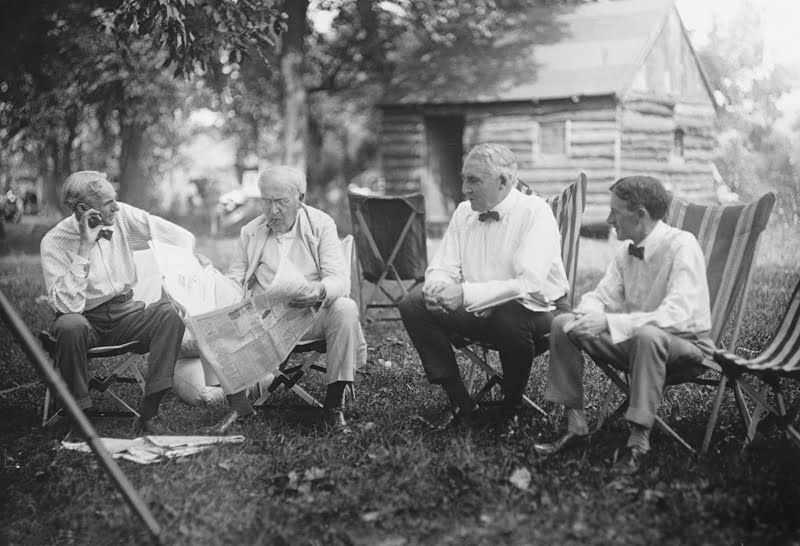 Ford, Edison, President Harding, and Firestone
Ford, Edison, President Harding, and Firestone
Mina Edison, Thomas Edison’s wife, deeded the property in 1947 to the City of Fort Myers for $1 to commemorate her husband. The Edison Estate opened to the public in November 1947. The same year, the Fords sold their neighboring winter home, known as The Mangoes, to a private family who eventually sold the property to the City of Fort Myers in 1988. The property was restored for 2 years before opening to the public in 1990.
Visitors can explore over 20 acres of the Edison and Ford Winter Estates, including the Edison Main House, Guest House, Caretaker’s House, Swimming Pool Complex, Study, and the Ford’s Historic Main House, Caretaker’s Cottage, and Garage.
The Need for Commercial Rubber
In the early 20th century, a domestic source of rubber was desperately needed as tropical regions were facing challenges that could not keep up with demand. Enter Henry Ford, the visionary industrialist and founder of Ford Motor Company, and Harvey Firestone, the tire tycoon and founder of Firestone Tire and Rubber Company.
Together, the automobile pioneers and Thomas Edison shared a vision of American innovation, and the trio embarked on a groundbreaking collaboration under the Edison Botanic Research Corporation (EBRC), established in 1927. Edison strongly believed that the subtropical environment in Florida would be the ideal environment for growing rubber and a laboratory was set up on the estate in a quest for a viable domestic rubber source.
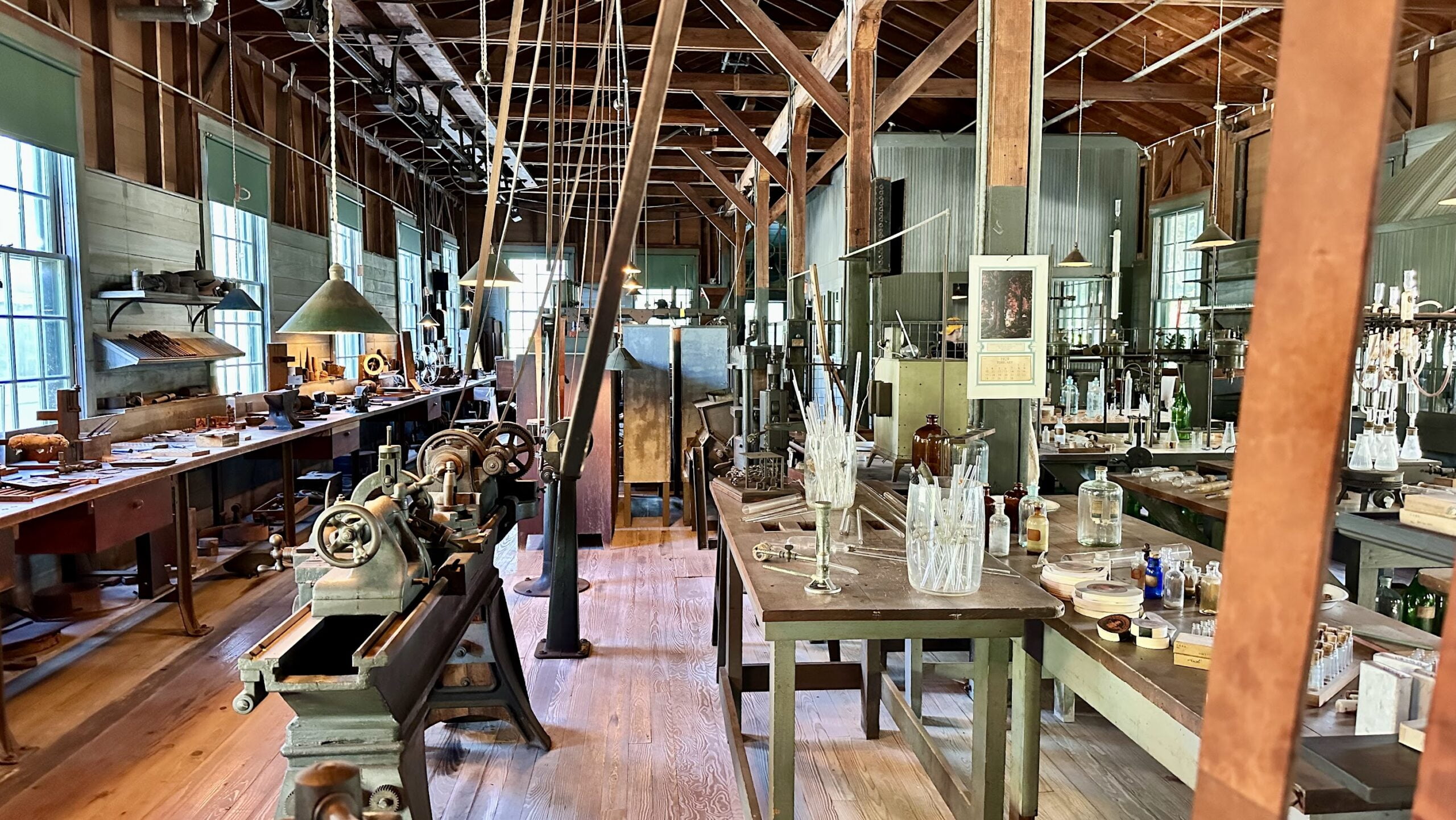 Laboratory at The Edison and Ford Winter Estates
Laboratory at The Edison and Ford Winter Estates
Edison’s goal was to limit the drastic effects of a foreign supply shortage by finding a source of rubber that could be grown and produced in the US quickly.
Under Edison, EBRC tested more than 17,000 plant samples, eventually selecting the Goldenrod as the most suitable candidate. The plants were grown outside the laboratory, in acres of research beds and raised gardens. The laboratory is viewable today with the original equipment inside.
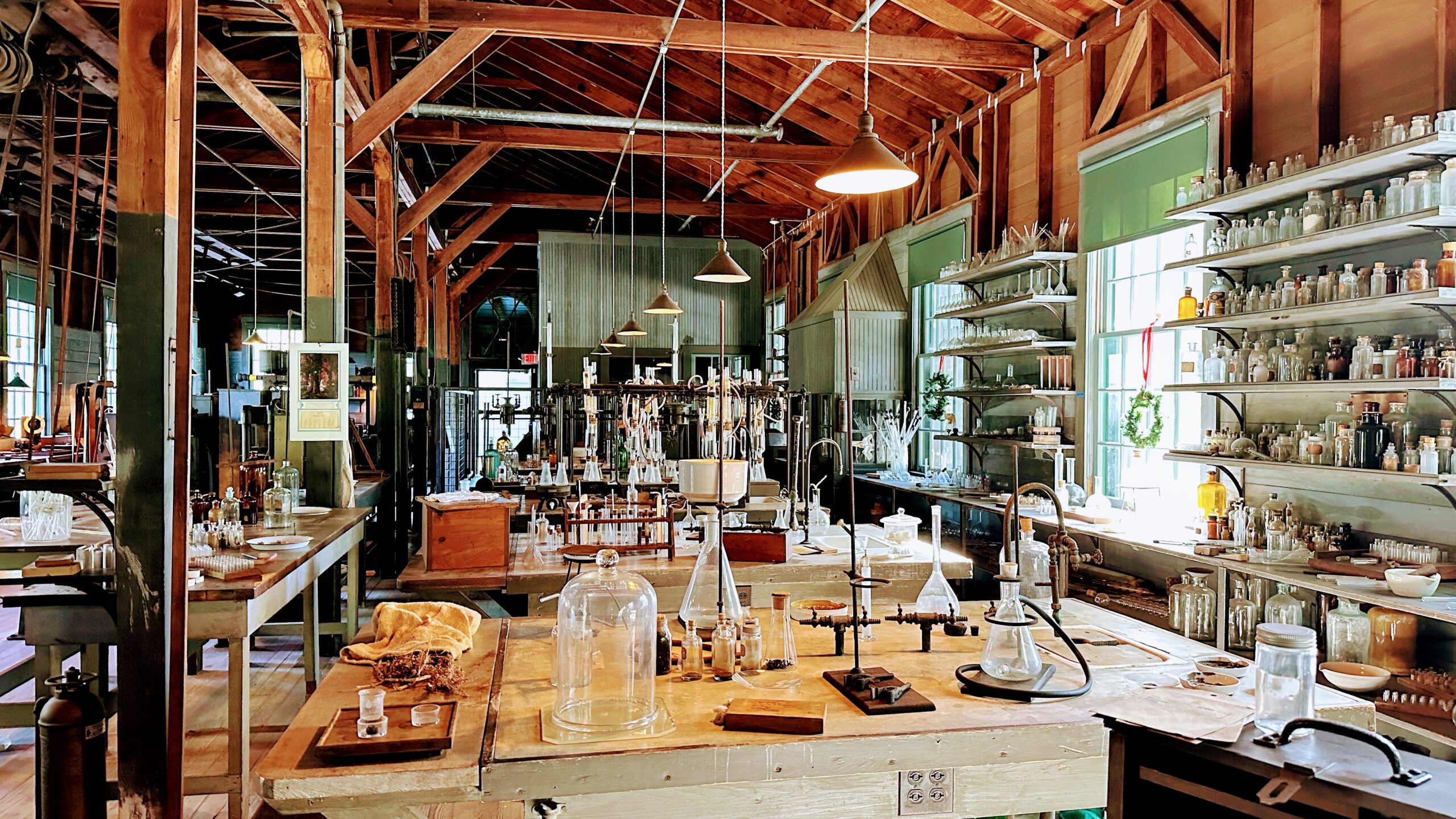 Laboratory at The Edison and Ford Winter Estates
Laboratory at The Edison and Ford Winter Estates
After Edison died in 1931, the Edison Botanic Research Corporation continued research through 1936, when it disbanded and assets were transferred to the United States Department of Agriculture (USDA).
Neoprene, a synthetic rubber derived from Petroleum, was developed by DuPont Chemical and immediately reduced the need to continue research for natural rubber in the United States.
Although the venture did not achieve its intended success during Edison’s lifetime, the rubber research conducted at the Edison and Ford Winter Estates laid the groundwork for future advancements in the field. Today, the plant that Edison deemed the best rubber plant for mass production continues to supply nearly all natural rubber products, including airplane tires, latex medical gloves, and rubber tubbing. Edison’s methods for extracting rubber from plant leaves are still used today.
Edison and Ford Winter Estate Gardens
The historic site contains over 1,700 plants from six continents. There are several areas within the complex worth visiting!
Banyan Tree
One of my absolute favorite things to see at the estate is one of the largest banyan trees in the world. This tree was planted in the 1920s and now measures a circumference of 400 feet and a height of over 70 feet!
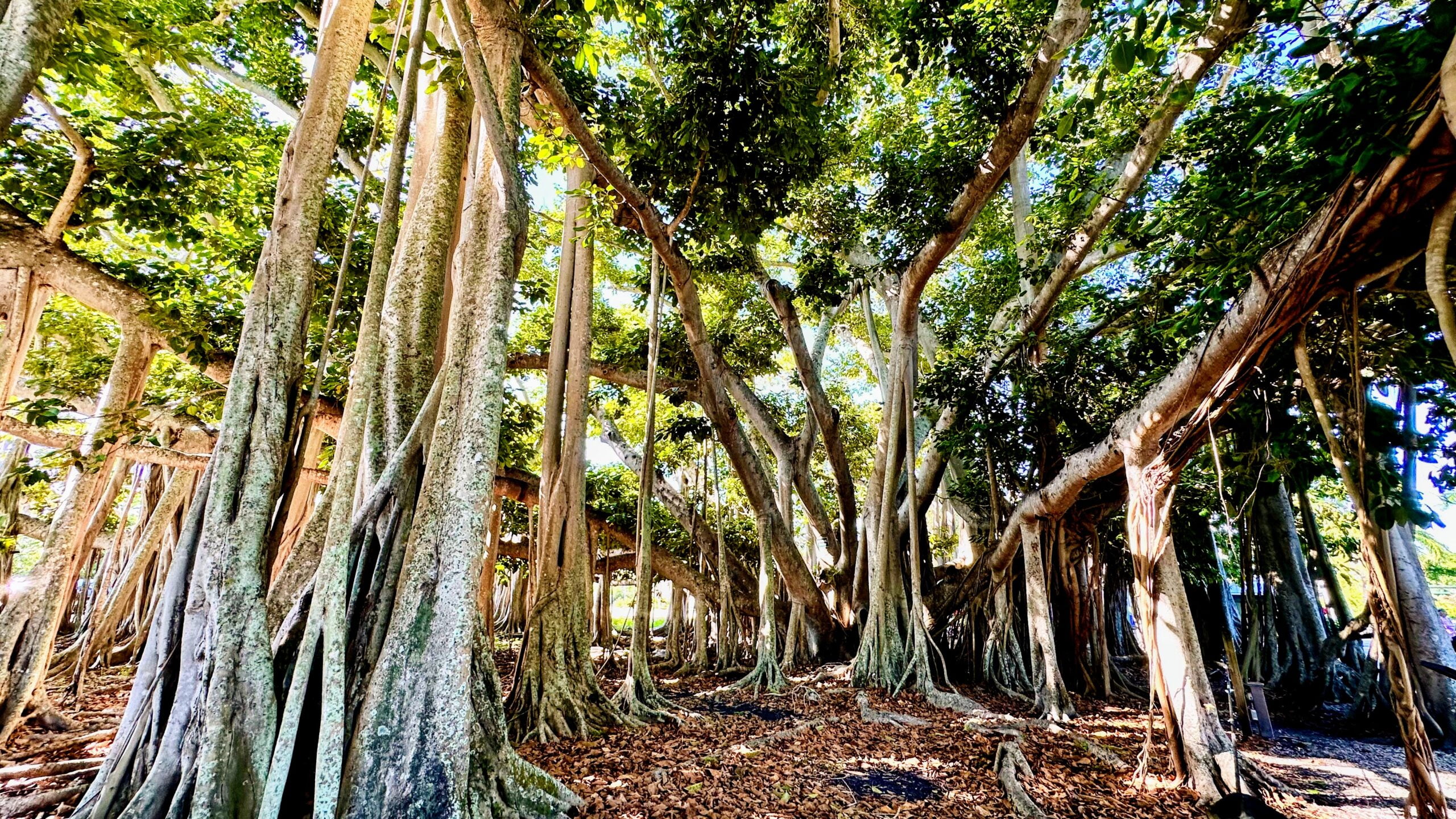 One of the largest Banyan Trees in the Continental US
One of the largest Banyan Trees in the Continental US
Moonlight Garden
Crafted by landscape architect Ellen Biddle Shipmen in 1929, the Moonlight Garden stands as the largest formal garden within the estate. Brimming with an array of night-blooming plants, their glow is mirrored in the tranquil reflection pool, creating a captivating scene.
The estate also contains unique plant species and garden areas, including
- Sausage Tree
- Queen’s Wreath
- Cycads
- Blue Mahoe
- Tropical Snowball
- Tropical fruit trees (Mango, Citrus, Tamarind, etc)
- Palm Trees (60 Species)
- Butterfly Garden
I was in awe over the Tropical Snowball plant, which is often referred to as a tropical hydrangea. It was twice my height and the blooms were giant! The orchid tree blooms were also gorgeous.
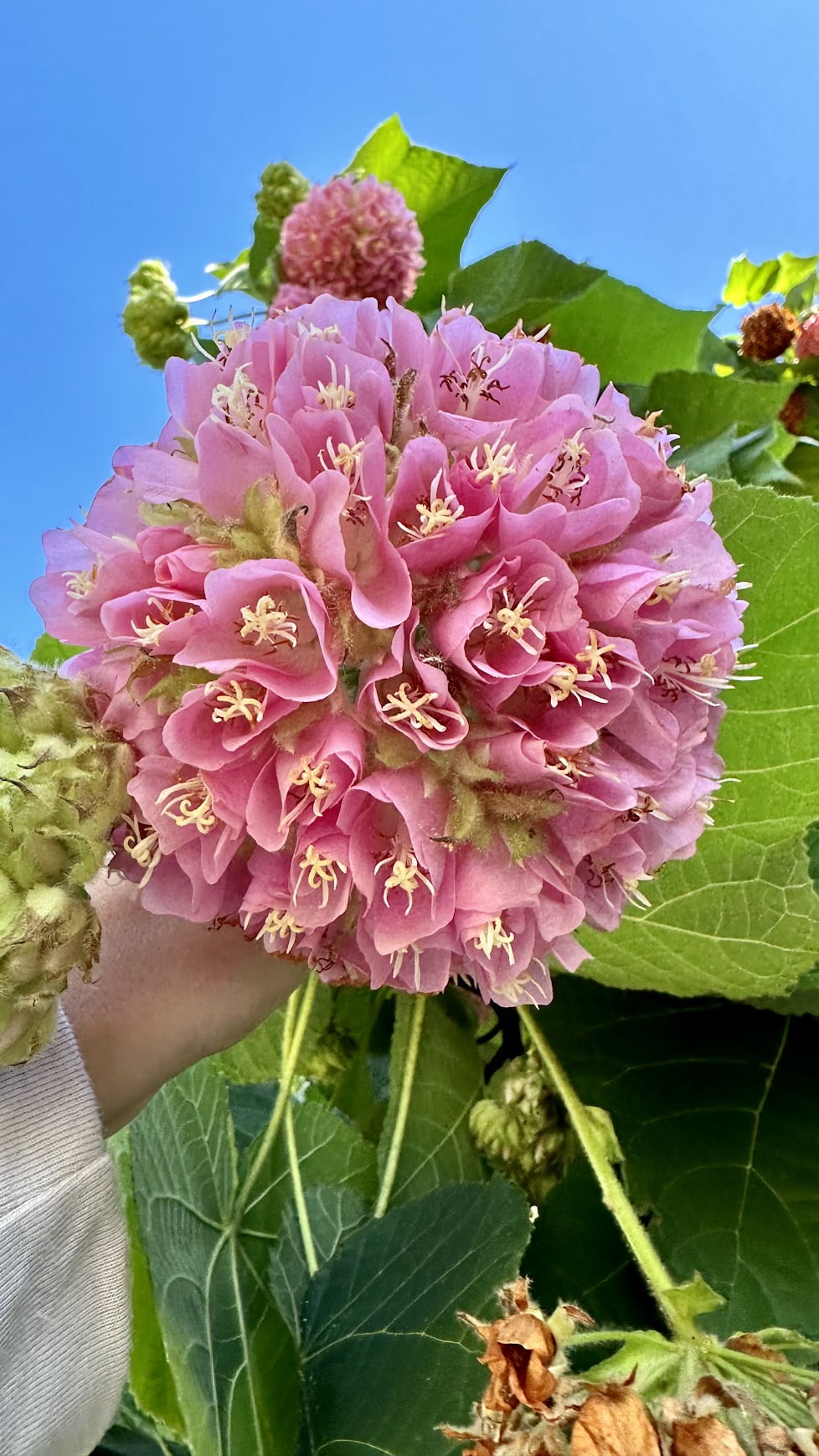
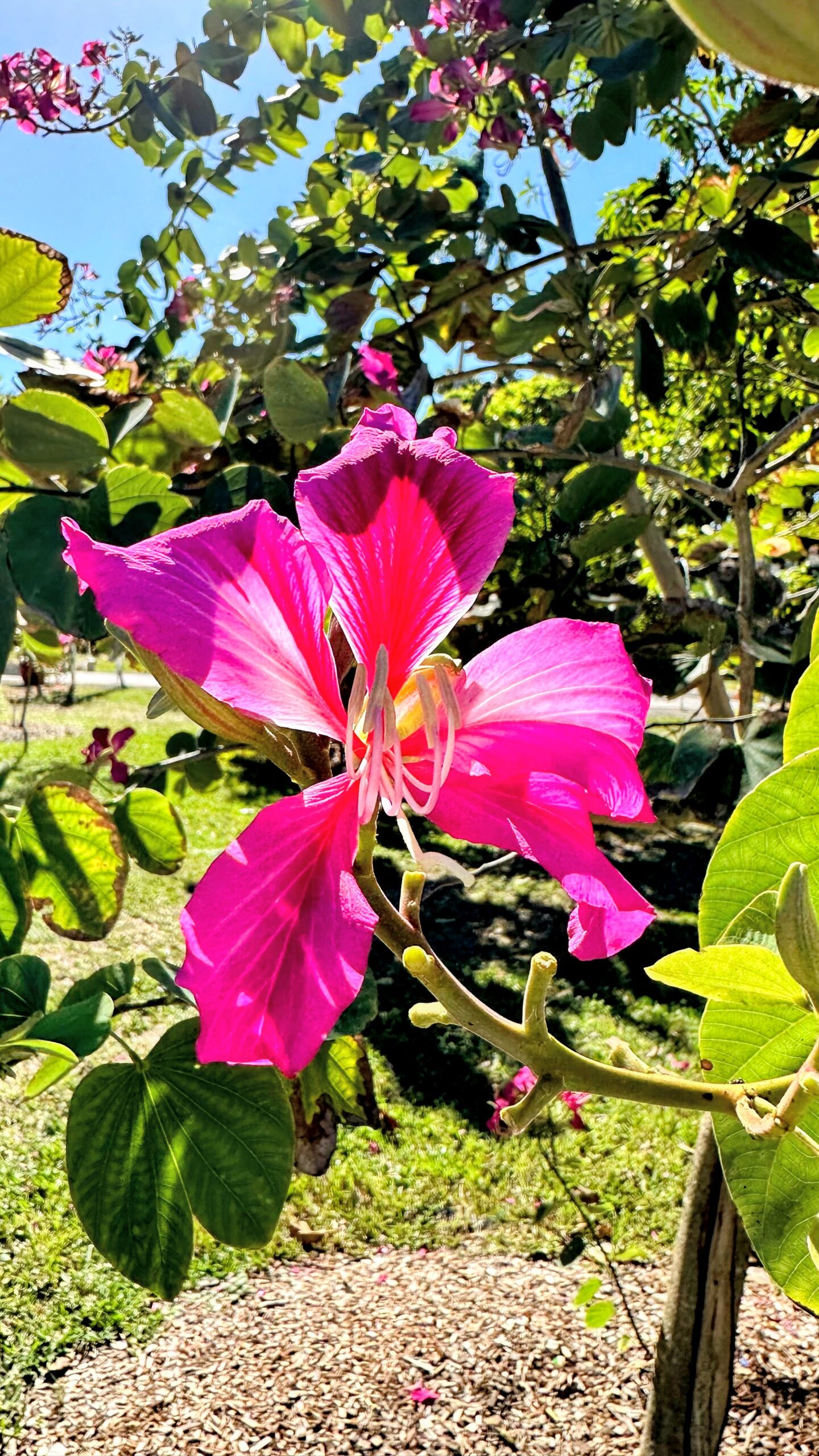
Events at Edison and Ford Winter Estates
There are a wide variety of events throughout the year at The Edison and Ford Winter Estates, including yoga, gardening classes, antique car shows, historical presentations, and classes for children. To view upcoming events, visit https://www.edisonfordwinterestates.org/calendar/
Plan Your Trip
Hours and Parking
The Edison and Ford Winter Estates are open daily from 9 AM – 5:30 PM, with the last ticket sold at 4:30 PM. The estate is closed only on Thanksgiving Day and Christmas Day. Parking is free.
The Edison and Ford Winter Estate is located at 2350 McGregor Blvd, Fort Myers, FL 33901
A map of the campus can be found here.
Tour Options & Ticket Prices
Self-Guided
Adults $25, Teens (13-19) $20, Children (6-12) $15, Children Under 5 Free
Visitors can explore the estate through a self-guided tour, with audio narration available online at https://www.edisonfordwinterestates.org/go/. Tickets are available online and in person. To purchase tickets online, click here.
Guided Tour
An optional guided tour is available daily for $5 more per person and lasts 60 minutes. These tours are first-come, first-serve with tours typically running at 10 AM and 2 PM daily.
Adults $30, Teens (13-19) $25, Children (6-12) $18, Children Under 5 Free
Specialty Tours
Specialty tours are available on specific days of the week:
Automotive Tour – Monday – 10:30 AM
Adults $40, Teens (13-19) $30, Children (6-12) $16, Children 5 and Under Free
Inside the Homes Tour – Tuesday/Thursday – 10 AM
Adults $50, Teens (13-19) $35, Children (6-12) $20, Children 5 and Under Free
Tuesdays are first-come, first-serve, whereas Thursdays must be reserved ahead of time by calling 239-335-3674
Guided Tour in German – Wednesday – 11 AM
Available for the same price as English guided tours – Adults $30, Teens (13-19) $25, Children (6-12) $18, Children 5 and Under Free
Nursery & Garden Shop
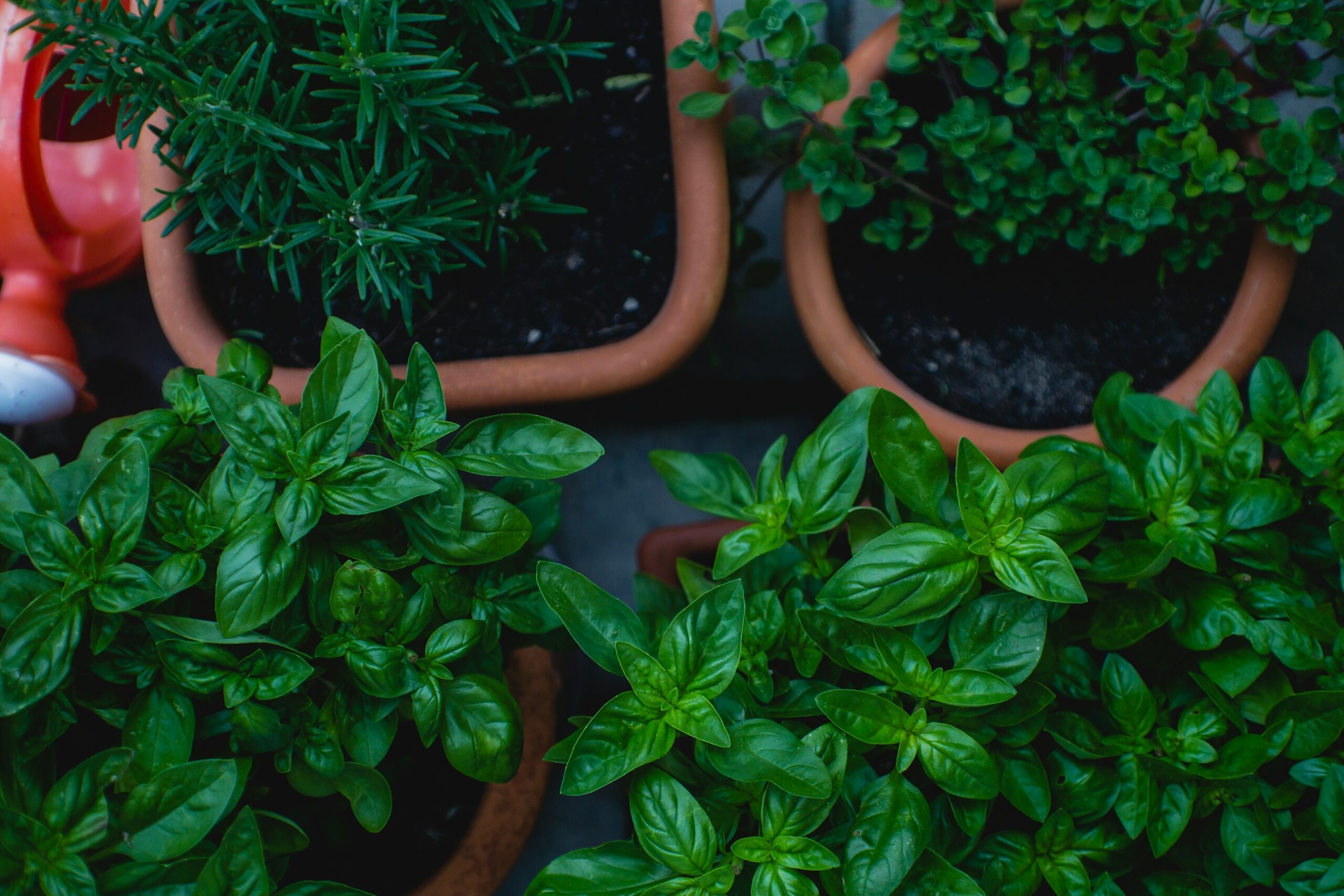
The cherry on top of your visit is the Edison Ford Nursery and Garden Shop. I told myself that I did not need any more plants and immediately proved myself wrong when I filled my arms with various herbs and plants!
The nursery has a variety of perennials and annuals, including shrubs, flowering plants, and some unique herbs and produce such as pineapple mint and longevity spinach.
Be sure to walk through the nursery & garden shop, located just outside the ticket counter!
Pro Tip!
Have you heard of The American Horticultural Society? A membership here will give you FREE entry to The Edison and Ford Winter Estates along with access to over 315+ paid gardens across North America!
Read my guide on The American Horticultural Society Membership here!
Find the best place to stay at Booking.com or Vrbo.com!
myVEGAS Rewards Comp Calendars (August- December 2025)
Check out the 2025 myVegas Hotel Comp Calendars for Mandalay Bay, Luxor, Park MGM, MGM Grand, Excalibur, and New York New York, Bellagio, and Aria
Access to 360+ Gardens Across North America: American Horticultural Society Membership (2025)
Discover the wonders of nature through the American Horticultural Society’s (AHS) Reciprocal Admissions Program Membership, offering exclusive access to a remarkable network of over 360 gardens across North America, including 317 paid gardens with complimentary entry.
myVEGAS Rewards Comp Calendars (January – July 2025)
Check out the 2025 January – July myVegas Hotel Comp Calendars for Mandalay Bay, Luxor, Park MGM, MGM Grand, Excalibur, and New York New York, Bellagio, and Aria

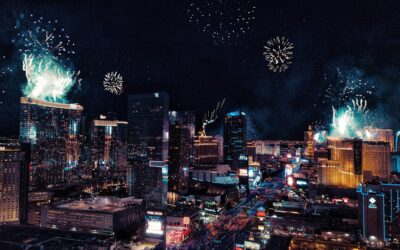

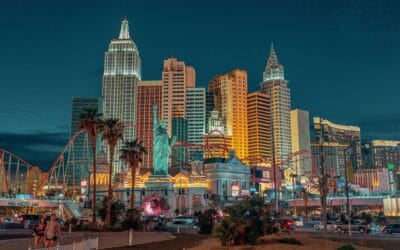
How cool! I love exploring places like this. I didn’t even know it existed. Thanks for sharing!
Amazing post! I live about three hours away from this place and I am stoked to plan a visit there! I love the historical value (from the backstory to the pictures) about this estate. It’s very fascinating, plus the nursery sounds like a plant lover’s dream! Thank you for sharing : )
It is a beautiful place. I loved visiting there. Thank you for sharing!
A truly fantastic place to visit with my family! Thanks for recommending. Awesome read!
Thank you for introducing us to Ford Winter Estate. I love Florida and its beaches. I have never heard of this place, but I will consider visiting on one of my future visits to FL.